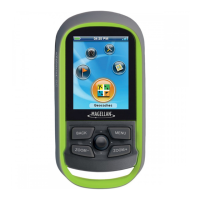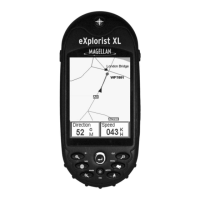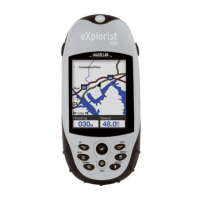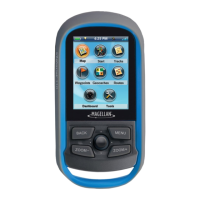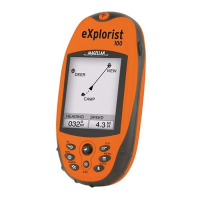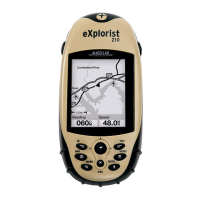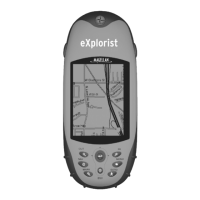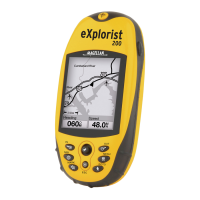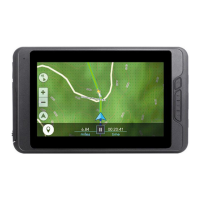44
Routes
are
the least understood
and
one
of
the most important functions of a
GPS
receiver.
The
better
you
understand routes
and
how
to
use
them, the
more
enjoyment
you
will receive from using
your
eXplorist.
The
simpiest
and
most common form of a
route
is
a
GOTO
route. A
GOTO
route
is
a
one-leg route with a starting point (your
present position)
and
a destination
(a
POI
,~
you
select). This route
is
useful
when
you
want to
go
to a specific preloaded
or
user-
entered
PO
I.
The
next type of a route
is
a multi-leg
route.
The
easiest
way
to understand multi-leg routes
is
to
know
that they
are
GOTO
routes stuck together. If a
GOTO
route
is
from A to B then a
multi-leg route
goes
from A to
B,
B to
C,
C to
D,
and
so
on.
(Using the term multi-leg
is
somewhat misleading
because
it
can
be
a single-leg route; but these types of routes
are
rarely
used
as
a one-leg routes, a
GOTO
route would
be
used
instead.)
An
advantage of a
multi-leg route
is
that it
can
be
saved
in
the eXplorist's memory to
be
activated
and
used
over
and
over.
A third type of route
is
a
backtrack
route.
(The
creation of backtrack routes
is
not described
in
this section of the manual
because
these routes
are
part of the
Track
Log
functions of the
eXplorist.)
As
you
travel the eXplorist records your track. Creating a backtrack route
uses
this track information
and
creates a multi-leg route,
in
reverse
order,
enabling
you
to
navigate back to
where
you
started.
A
GOTO
route
is
the most commonly
used
form of a route
in
your eXplorist.
The
creation of
a
GOTO
route
is
no
harder than pressing the
GOTO
button
and
searching
in
the
POI
database
for the destination
POI.
Features of a
GOTO
route:
• A straight line from
your
present position to a selected
POI.
•
GOTO
routes cannot
be
saved.
•
GOTO
routes
are
erased
when
the eXplorist
is
turned off.
•
GOTO
routes
can
be
created
by
pressing the
GOTO
button
and
selecting the destination
POI
from the
POI
database.
•
GOTO
routes
can
also
be
created
in
the
Cursor
mode
of the Map screen.
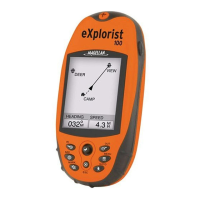
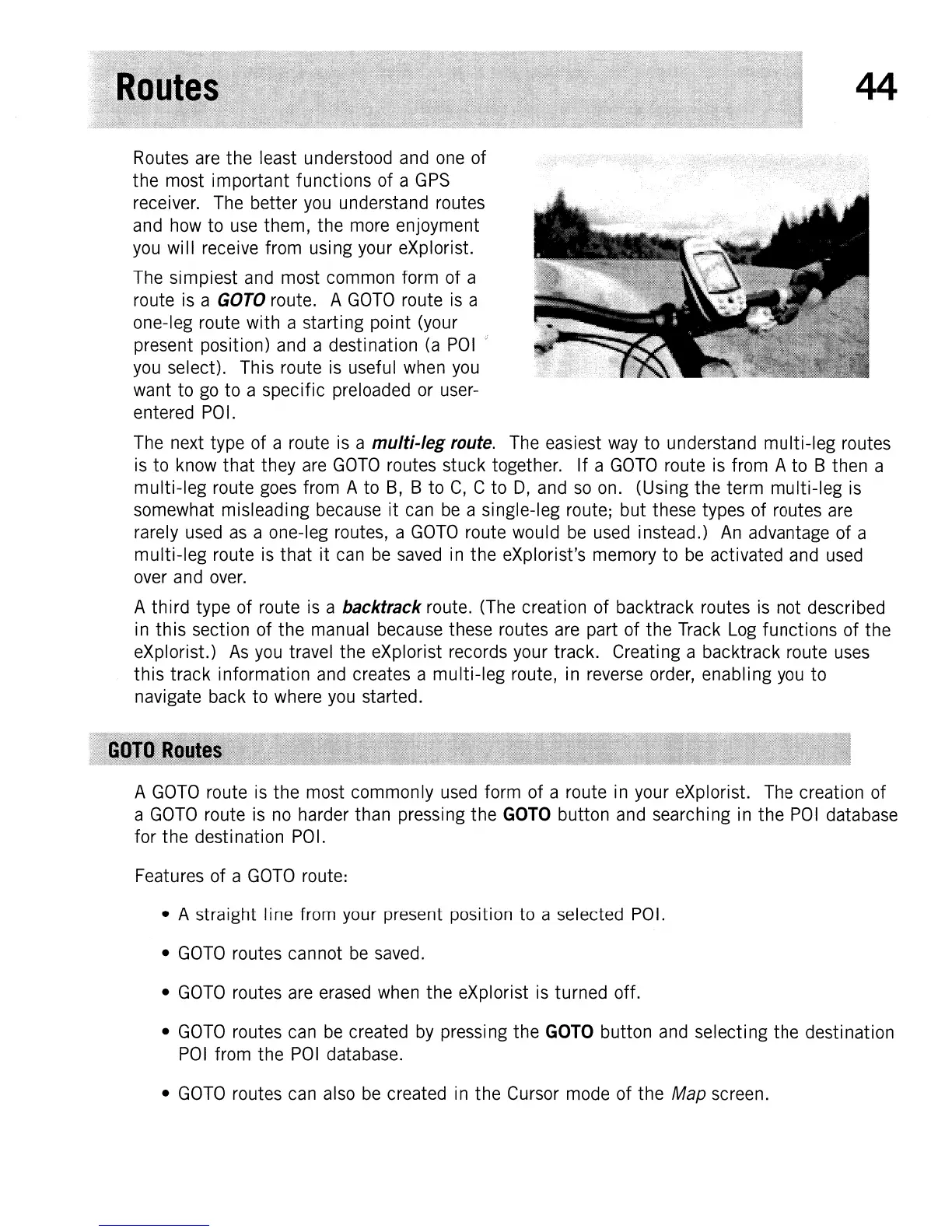